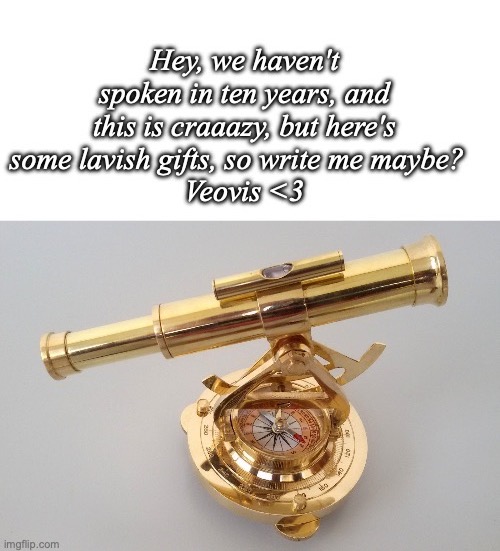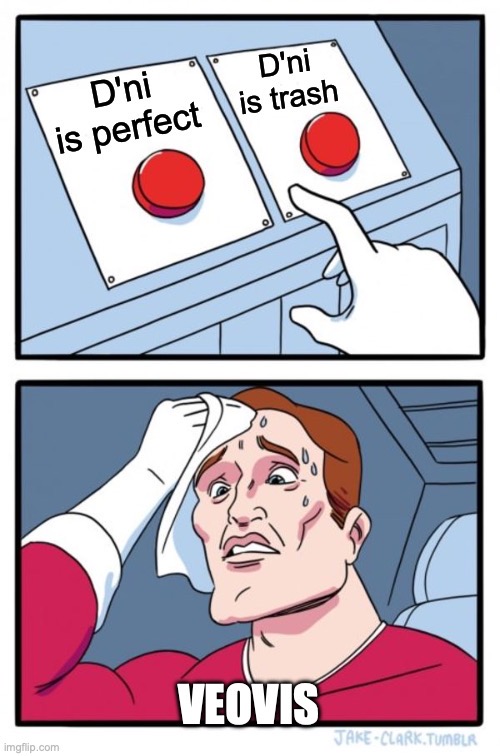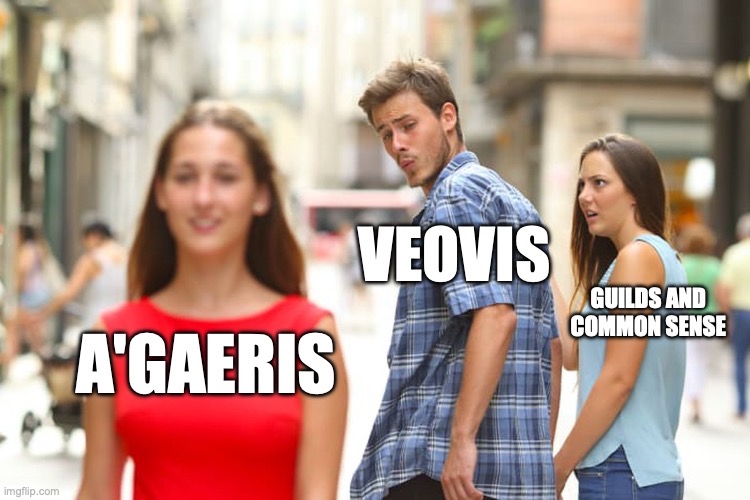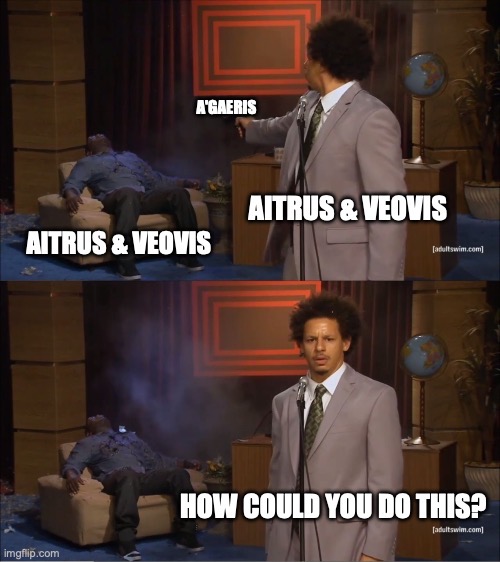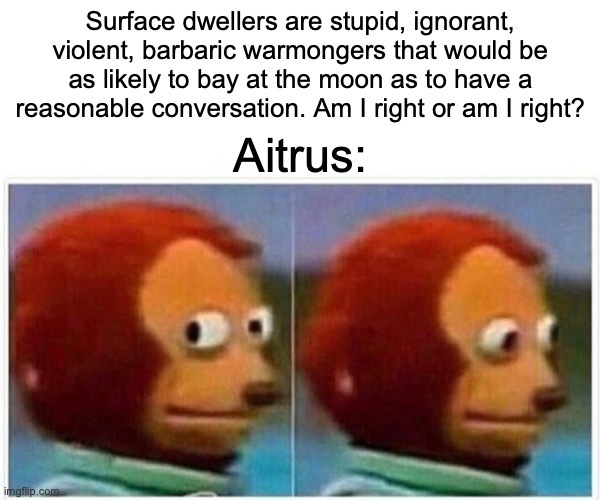
If D’ni had a single theme, it would probably be this:
The Book Of Ti’ana is the first in the series chronologically, but is listed as the second book in the series, and it covers the story of Atrus’ grandfather for whom he had been named, Aitrus, and his grandmother, Ti’ana. It also displays D’ni in its full glory before the fall of the civilization as shown in The Book Of Atrus, and so in case you hadn’t already guessed, this book is a tragedy. It’s quite depressing, I assure you, but I would still highly recommend the read if you’ve already read The Book Of Atrus.
[Some spoiling of the first arc follows]:
The story opens with Aitrus, a member of the Guild Of Surveyors, as they are drilling a tunnel up from the depths of D’ni toward the surface world. The opening sections here are on the slow and technical side as much of the methods of the drilling are discussed in detail, but once that hump is cleared, the story picks up pace. Oh, and also just a heads up, there are practically no chapters in this book. There are short, one to four-page sections split up by little markers, but proper chapters don’t show up aside from part separators that appear every fifty pages or so. Personally, that doesn’t bother me, but I know some readers may find that a bit tiresome.
For ten thousand years, the D’ni have lived far beneath the surface of Earth in their cavernous city using Ages to supply themselves with crops and new worlds to explore. Never once before now had any of them dared to dig for the surface, terrified of what they might find there. All kinds of nasty stories have been spun throughout D’ni society about what kind of people might live above them, and many D’ni have come to the conclusion that any sentient life on the surface would be barbaric and warlike. This belief comes from a place of prideful arrogance as they believe that the D’ni are the only race capable of developing and maintaining a moral society.
Ten thousand years of isolation and D’ni supremacy over the races of other Ages is a hard tradition to break, and so Aitrus and his guild are faced with multiple threats of the project being shut down as the Council washes back and forth on their decision. Aitrus himself is put in charge of hosting one of the Council members during the excavation, which is why the first section of this book is so heavy with the technicalities of mining.
After several setbacks, the tunnel and the legendary Great Shaft are carved out of the stone, but the D’ni never reach the surface. One earthquake during the ceremony celebrating the completion of the Great Shaft gives the Council excuse enough to halt the project before its final leap with not more than an eighth or so of a mile to go, and so the tunnel is left abandoned until further notice. The tunnel’s cap and the cracks caused by the earthquake are sealed with nara, a kind of D’ni stone that is atomized and liquified before being spread like a paste and hardened into the toughest material known to both man and D’ni.
Meanwhile, under the scorching desert sun above, Anna and her father are conducting a mineral survey near the city of Tadjinar. While scouting the terrain for deposits of silver and gold, they stumble across a cave that contains an impossibly perfect and hard formation of stone unlike anything either of them has ever seen. Even after taking it back to their lodge for examination under a microscope, they can’t understand what kind of natural process could have possibly produced it.
Before they can examine it further, however, the health of Anna’s old and sickly father takes a turn, and after many weeks on their assignment, he passes away in the night. Anna, without family and without a home to return to, takes one last venture into the cave before she will head to England, hoping to find an answer to the one mystery that she and her father left unsolved. There, in the deep cracks of the mountain’s foundations, she crawls down schisms and broken tunnels until she steps out into a massive room where hulking metal statues loom like the exoskeletons of alien insects. Time and quakes shifted the walls of the Great Shaft, and Anna is now within D’ni.
[End spoilers]
I’ll stop the spoiling there since that’s a summary of the first arc. What follows is a long, hard-fought — and at the end, vicious — debate over what to do with Anna’s presence in D’ni. Veovis, a friend of Aitrus and a member of the Guild Of Writers, is vehemently against every progression pushed by Anna and Aitrus, and eventually, an outside party finds a way to take advantage of their dispute for its own violent and selfish gains.
I would like to praise Veovis’ character quickly here, because he is one of my all-time favorite antagonists. He is an honorable, intelligent, diligent, precise, and committed man that genuinely values Aitrus as a dear friend. Only after a devastating personal blow that was the result of being framed does he snap and turn against the city and ideals he so loves. He’s perhaps one of the most sympathetic villains I’ve ever read, making his side of the story almost as painful as Aitrus’ and Anna’s. Aitrus and Veovis are wonderful embodiments of two of D’ni’s most prominent philosophies, and they do an excellent job displaying the D’ni culture as a whole.
I’m not normally one to love books as tragic as this one, but perhaps because of the stories that follow it, the tragedy is made a little less depressing. Though, to be honest, the Myst books and games in their entirety tend to be very much on the sorrowful and tragic side of the spectrum as the power of Writing Ages corrupts people again and again in a seemingly endless cycle.
The focus on detail and diligence is again one of the largest themes in this book just as it was in the last, though the debate over tradition vs change is much more the centerpiece. Still, the phrase, “What do you see, Anna?” Is repeated several times as a way of bringing the reader’s and character’s attention back to observing the world they have found themselves in.
I’d rant some more, but this review is already over a thousand words, so I think I’ll stop there and let you discover the rest of this beautiful book for yourselves.
And of course, THE MEMES 😀
